The first next-generation Mercedes-Benz entry-point vehicle will arrive in 2024 as a four-door CLA-sized saloon with tech from the super-efficient Mercedes Vision EQXX concept.
Confirmed to Autocar by the brand’s head of exterior design, Robert Lesnik, the currently unnamed car will be the first released under the marque’s "entry luxury" branding and be around 4.7m long.
It is essentially an electric equivalent of the ICE-powered Mercedes-Benz C-Class saloon and could take the EQC nameplate into production - with the current model of that name evolving into the EQC SUV, as with other electric saloon-SUV siblings in the Mercedes EV portfolio.
It will provide Mercedes with a long-awaited executive EV to rival the likes of the Polestar 2, BMW i4 and indomitable Tesla Model 3 - a positioning backed up by the first images of a camouflaged prototype spotted testing on public roads.
The production version of the EQXX will be larger and more conventionally styled than the show-stopping concept, but looks to make a departure from the monolithic, minimalist silhouettes that have defined Mercedes's EVs so far. In size and stature, it is an obvious CLA equivalent, but even at this early stage, it is clear that Stuttgart's designers are taking a different approach for this new family of electric cars.
Aside from the near-unrecognisable front- and rear-end designs, what is evident from this prototype is just how heavy an influence aerodynamic efficiency will play on future Mercedes design. The leading edge of the front end is lower and sharper than on any current production model, with what looks to be a clamshell bonnet leading back to a heavily raked glasshouse designed to optimise airflow at speed.
The prototype loses the Kammback-style bluff rear end of the EQXX but highly prominent shoulder lines, which extend several inches from the cabin, ape the swollen rear haunches of the ultra-slippery concept.
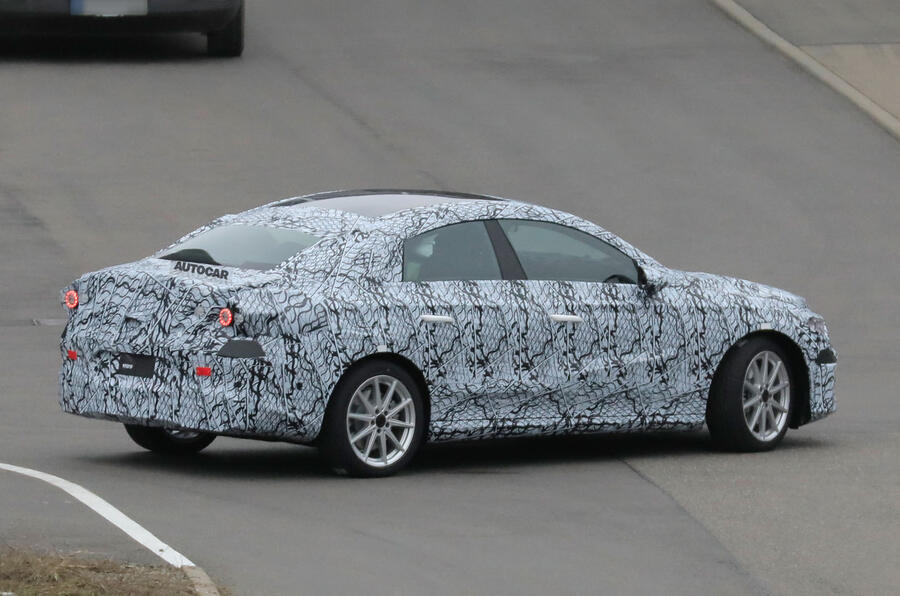
Aerodynamic efficiency plays a fundamental role in eking out more miles per charge. That's why the electric C-Class bears a much more rakish and low-slung silhouette than the current car. It also sits higher than the EQXX for easier ingress and egress. A coupé-esque sloping roofline is the the most obvious differentiator from the current three-box saloon and the glasshouse is substantially wider than the concept’s to allow for three seats across the back row – and comparable storage space.
When it arrives, the saloon will be packed with range-boosting tech from the 700-mile-range concept, which Mercedes chief technology officer Markus Schäfer previously said would “make it one of the most efficient electric vehicles that exists”.
An AMG variant will come a year later, Lesnik confirmed, fitted with some of the EQXX’s active aerodynamics, such as its moving diffuser. It will also get an active spoiler.
The sleek EQXX will also form the look of the new "entry luxury" range, Lesnik said, with visual inspiration coming from the concept. The AMG variant will most likely get its own, more aggressive styling.
It will be one of the first to use the brand’s upcoming Mercedes-Benz Modular Architecture (MMA) platform, conceived for small and mid-sized EVs.
When it arrives, it will be the one of the first pieces of the brand's radical new electric plan, which includes ushering in electric options in crucial new segments and introducing a range of new platforms with unprecedented range and performance capabilities.
The marque’s line-up of electric models already comprises a wide variety of cars of different shapes and segments – ranging from the Mercedes-Benz EQA hatchback to the new Mercedes-Benz EQS flagship – and it will be extended further with the launch of electric version of the Mercedes-Benz G-Class 4x4 by 2024.
The company’s commitment to offering a electric version of every model by 2025 is among the most ambitious electrification pledges of any mainstream manufacturer. This comes alongside a commitment to develop only bespoke EV architectures from 2024 – starting with the MMA.
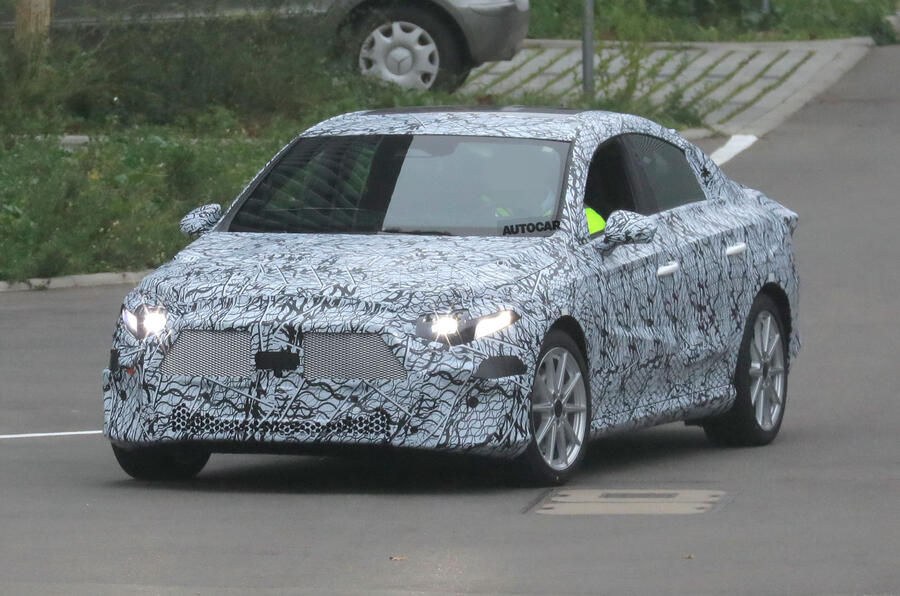
One of four new EV architectures being developed by engineers in Stuttgart as part of the wide-reaching electric offensive, the MMA will be instrumental in future-proofing some of Mercedes’ best-selling and most crucial models.
Last year, Schäfer told Autocar the MMA platform will be used for compact cars but “has the potential to reach into the mid-size segment as well” and confirmed the potential for a dedicated EV offering in the mid-sized executive sector.
The current C-Class is one of the few remaining legacy Mercedes models without a direct EV equivalent, but the plug-in hybrid Mercedes-Benz C300e has one of the longest electric ranges of any PHEV on sale, at an official 68 miles, and the recently launched EQE saloon helps to fill the gap between the C-Class and the EQS electric limousine.
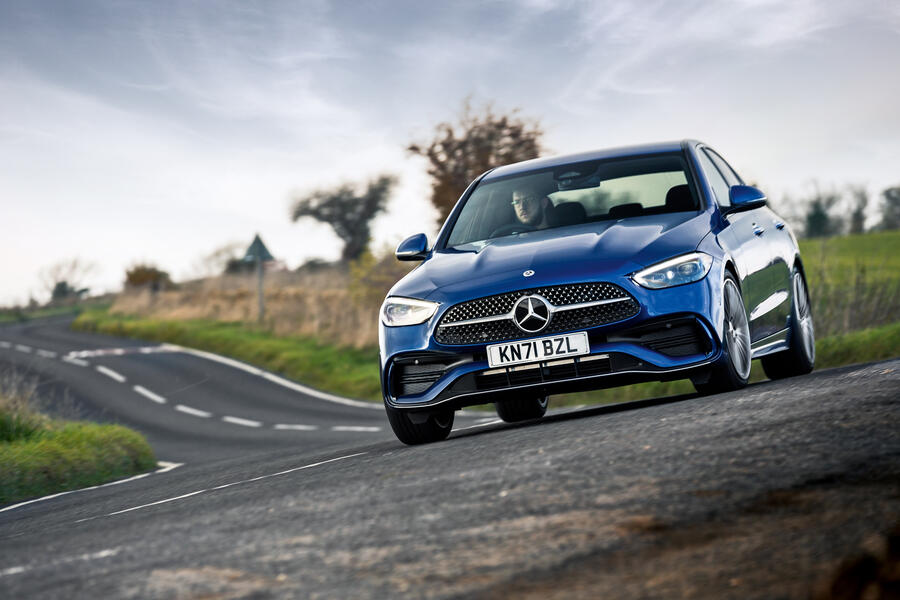
Likewise, Mercedes’ existing bespoke EVs are among the longest-legged in their respective segments, but the new-generation EVs will take this further. They will combine power-dense battery packs with hyper-efficient motors, lightweight construction methods and super-slick bodywork to fully maximise efficiency, as demonstrated by the radical (and fully functioning) EQXX prototype, which gives the most concrete clues yet as to the electric future of the popular C-Class.
Company bosses have already admitted the Mercedes-Benz EQXX will not directly evolve into a production car, but in its conception, design and capability, it serves to preview Mercedes’ future line-up, and in its positioning, it is more closely related to the C-Class than any other model. So while the eventual production descendant of this concept will be larger (the EQXX is just 1350mm tall and a full 162mm shorter than the EQE) and more conventionally styled, it will remain true to the core characteristics.
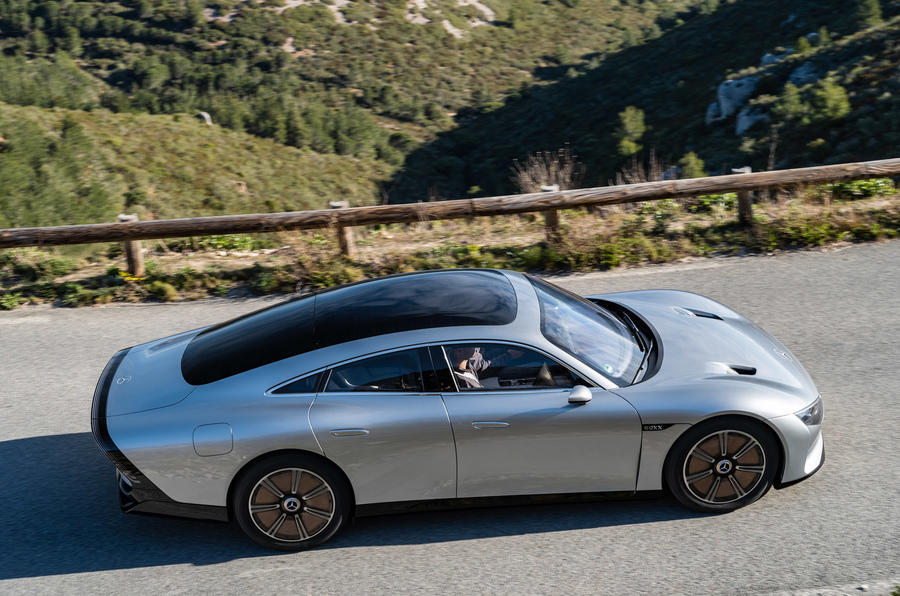
The main aim of the EQXX project was to show how far an EV designed to these principles can travel on one charge – and the real-world range of the concept, as demonstrated on real roads, at normal speeds and in changeable conditions by Mercedes, nudges 700 miles. That represents a marked improvement not just on the 453-mile EQS but also every mainstream electric vehicle on sale today.
Mercedes highlights radical new battery technology as a facilitator of this improvement, with boosted power density allowing for a greater range to be achieved while keeping weight low and maximising interior space. The firm remains tight-lipped about the technical specifics of the new-generation power packs it will begin rolling out to its line-up, but the EQXX’s circa-100kWh battery – supplied by CATL – is 35% lighter and about half the size of the 107.8kWh unit used by the EQS. Such advances pave the way for future cars to sit lower and have more spacious cabins, as well as offering improved ranges.
Another key component of the MMA platform will be the integration of a new-generation electric motor that dramatically boosts efficiency while, like the battery, freeing up space in the chassis and reducing weight. The lower kerb weight of the new electric C-Class saloon, relative to its larger sibling models, means it will offer comparable straight-line performance to Mercedes’ existing EVs even when fitted with lower-powered and more efficient motors.
Whether, like the current C-Class, the new executive EV will be offered in estate guise is less certain. Mercedes’ combustion-powered answer to the BMW 3 Series Touring has historically been a strong seller, particularly in Germany, but a marked rise in the popularity of SUVs threatens the viability of traditional estate models in the new electric era. They are “technically absolutely possible – that wouldn’t be a problem”, said Schäfer recently, but in keeping with a continuing rationalisation of the Mercedes-Benz line-up, these models could be indirectly replaced by a new range of more popular, equally capacious and barely less aerodynamic SUVs.
Solid-state batteries on the way
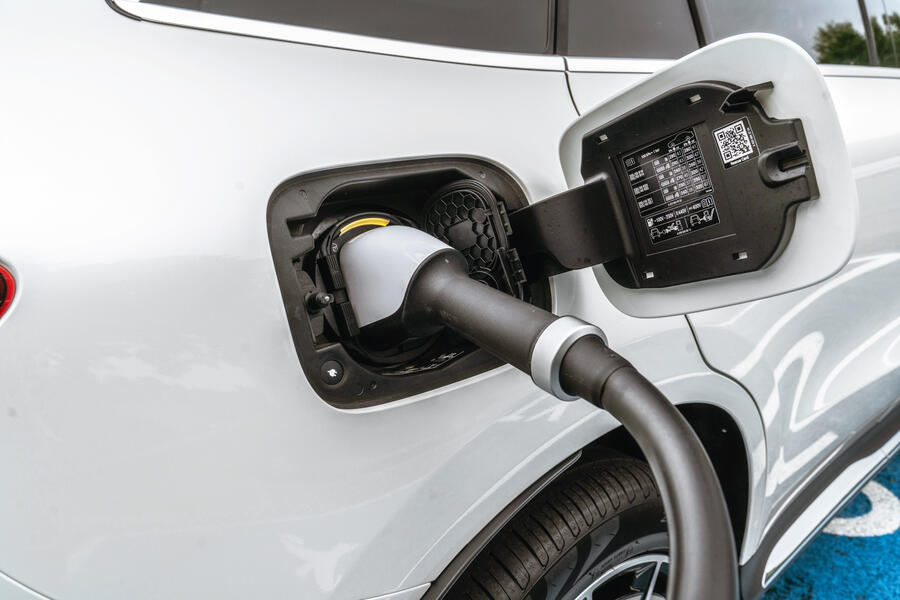
While touting a 50% improvement in energy density from its next-generation batteries, Mercedes is already looking to the next step, with development under way on solid-state battery technology.
The firm has partnered Taiwanese battery developer Prologium, which claims to have supplied nearly 8000 solid-state battery samples to car manufacturers. The tie-up will usher in solid-state test vehicles in “the coming years” on the way to rolling out the hardware to production cars in the second half of the decade.
Mercedes estimates that these future batteries can nearly double the range of today’s conventional lithium ion packs and the EVs equipped with these units can be lighter, more spacious and cheaper to produce.

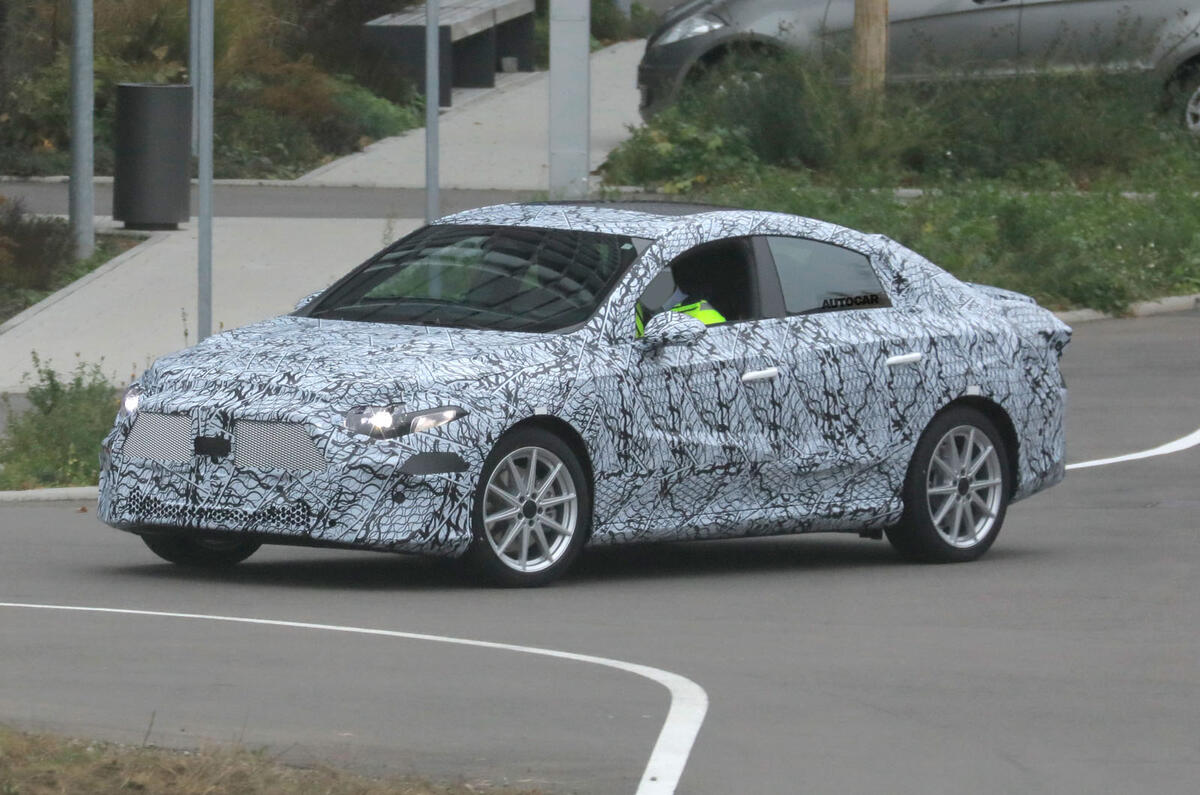
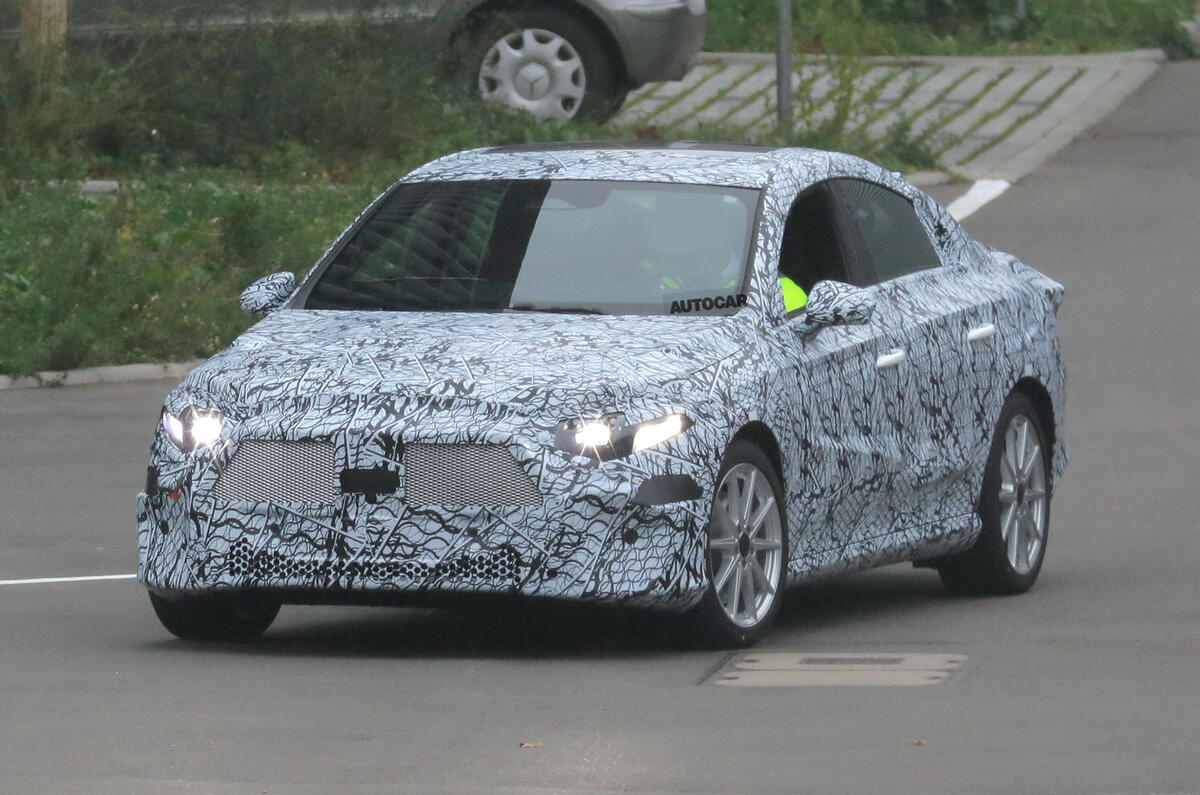
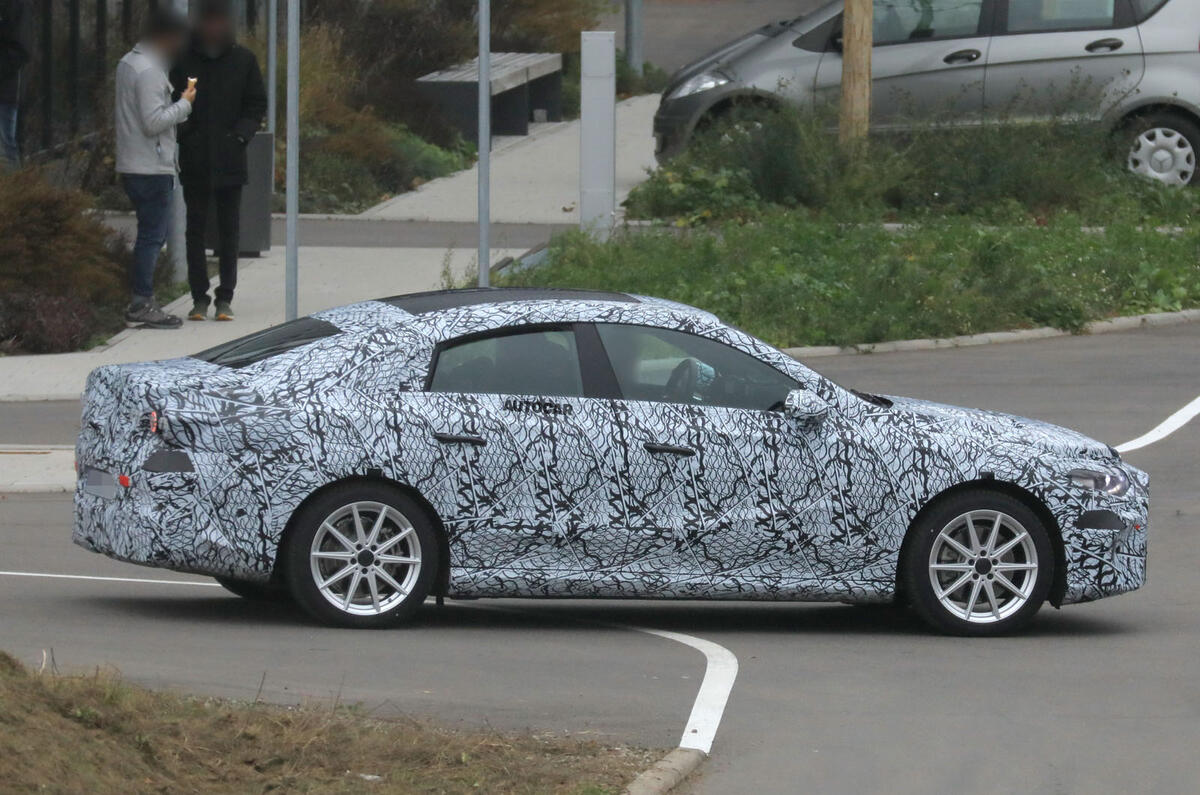
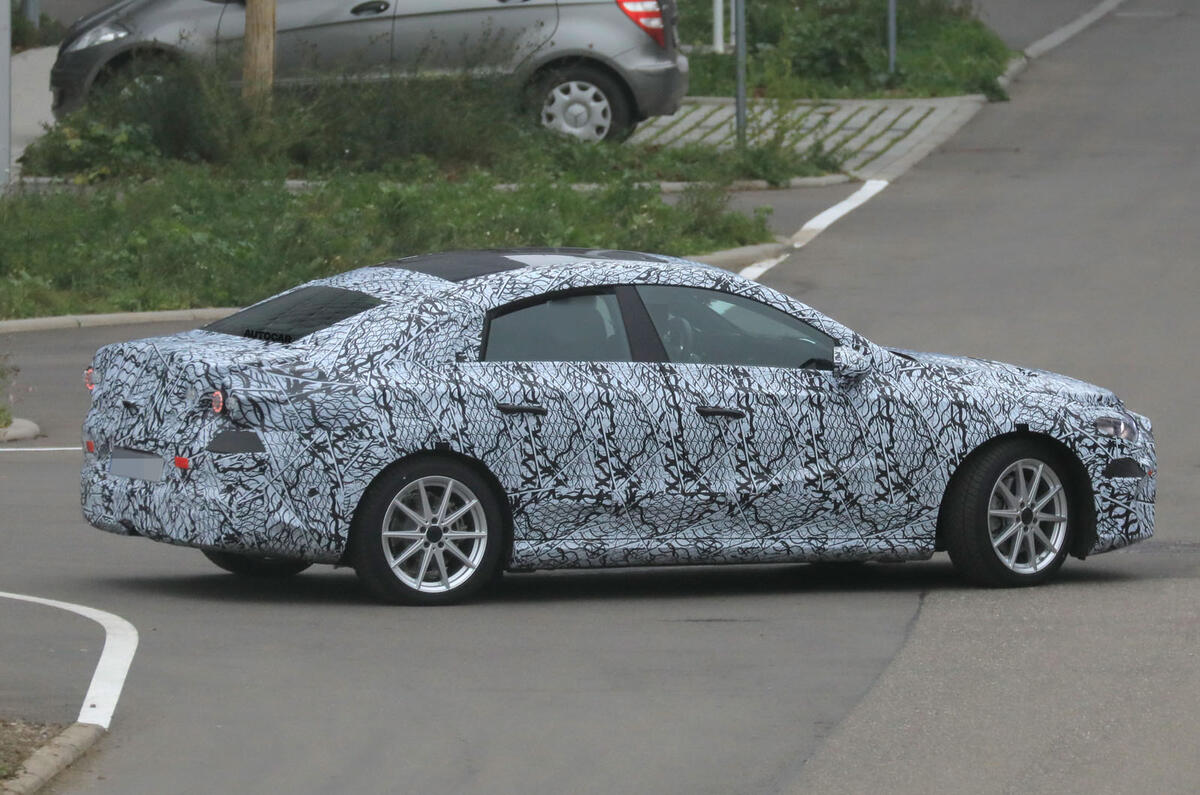
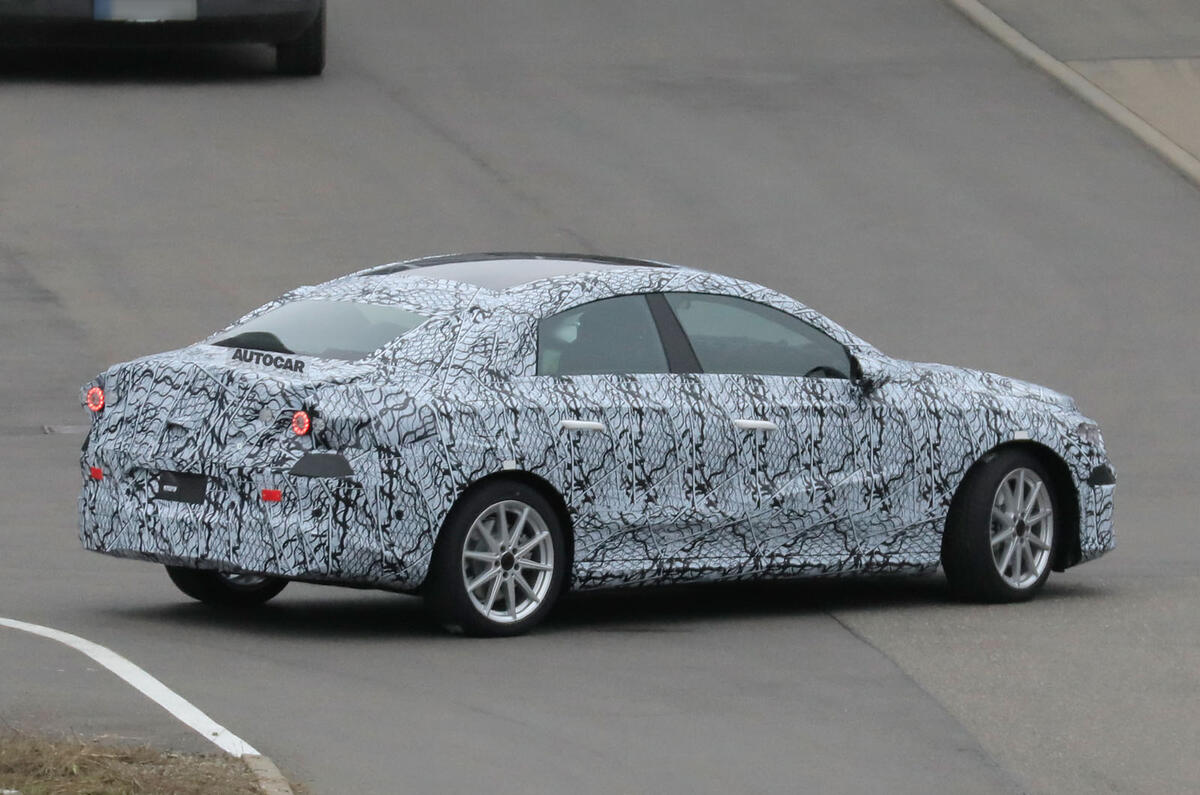
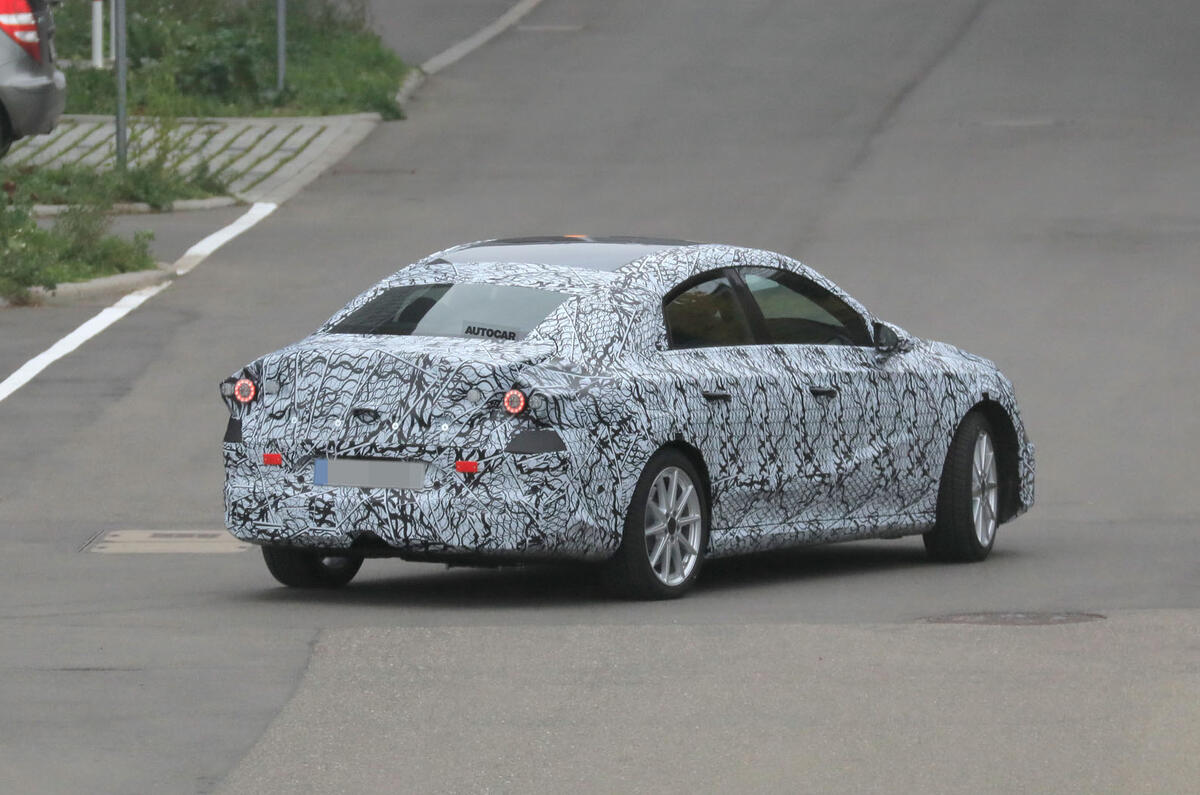

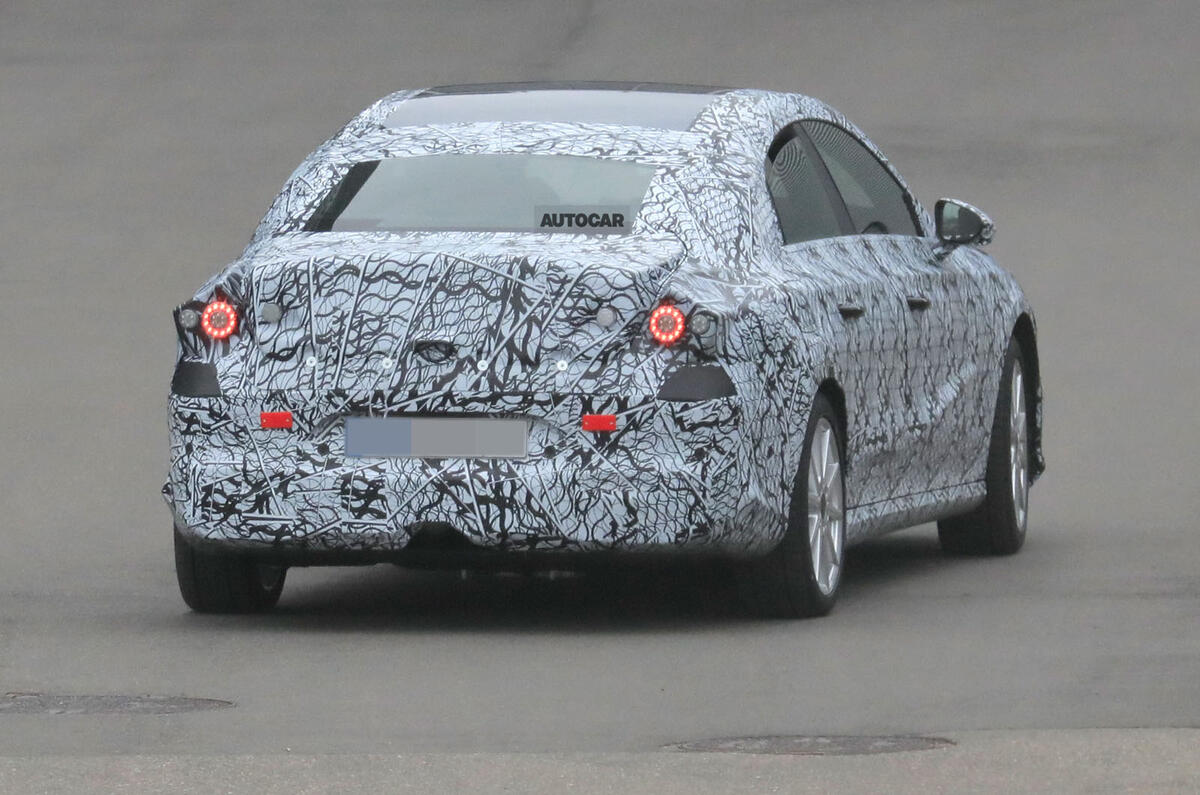

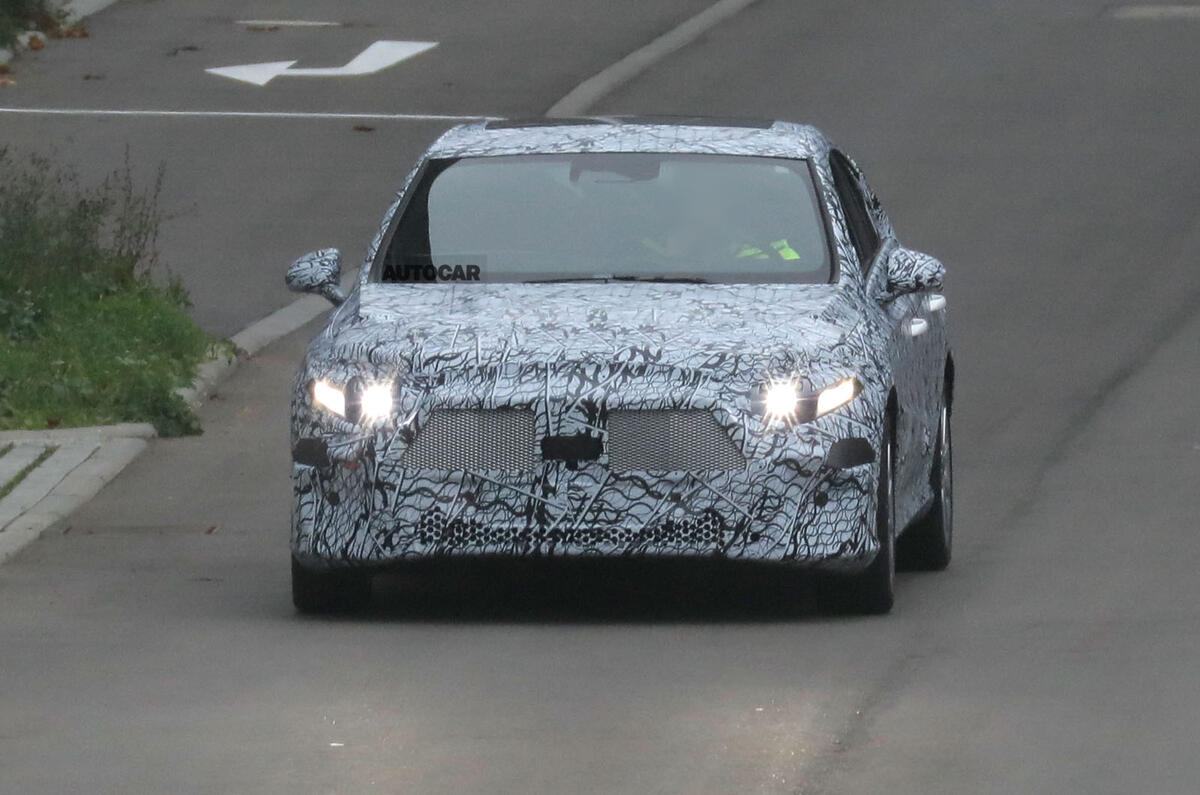
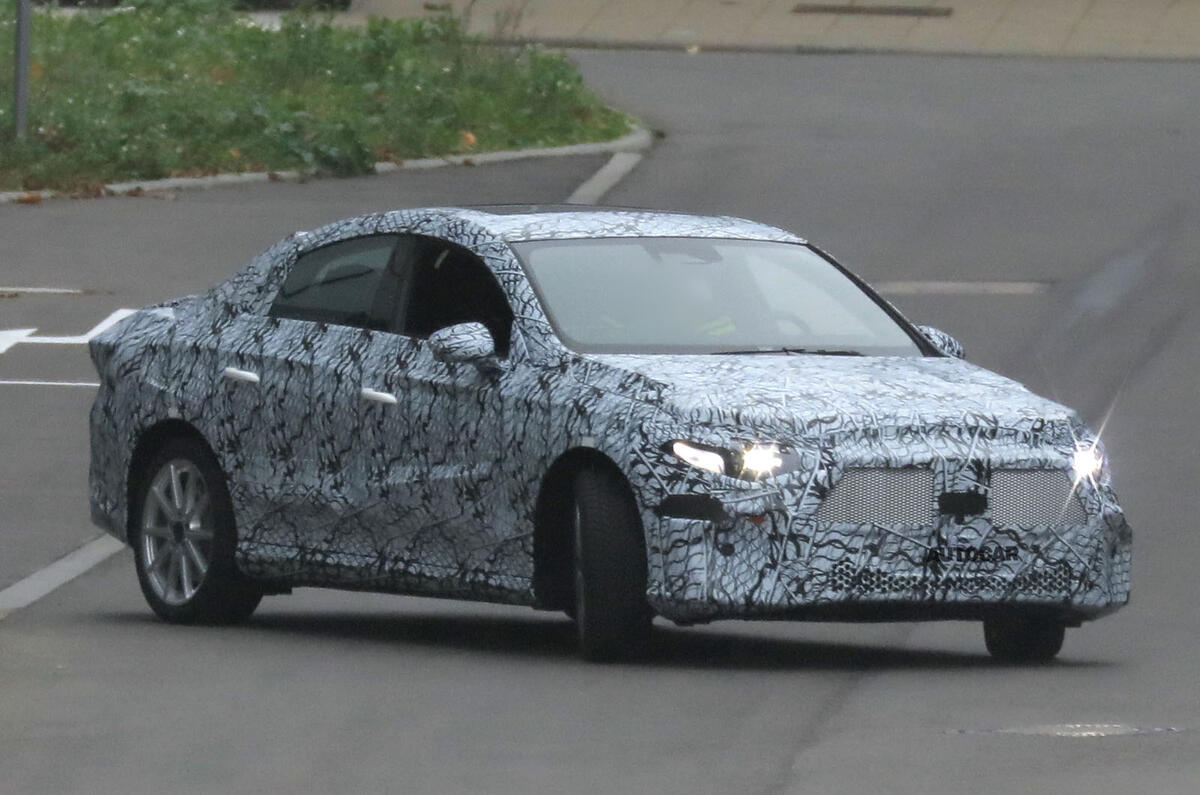
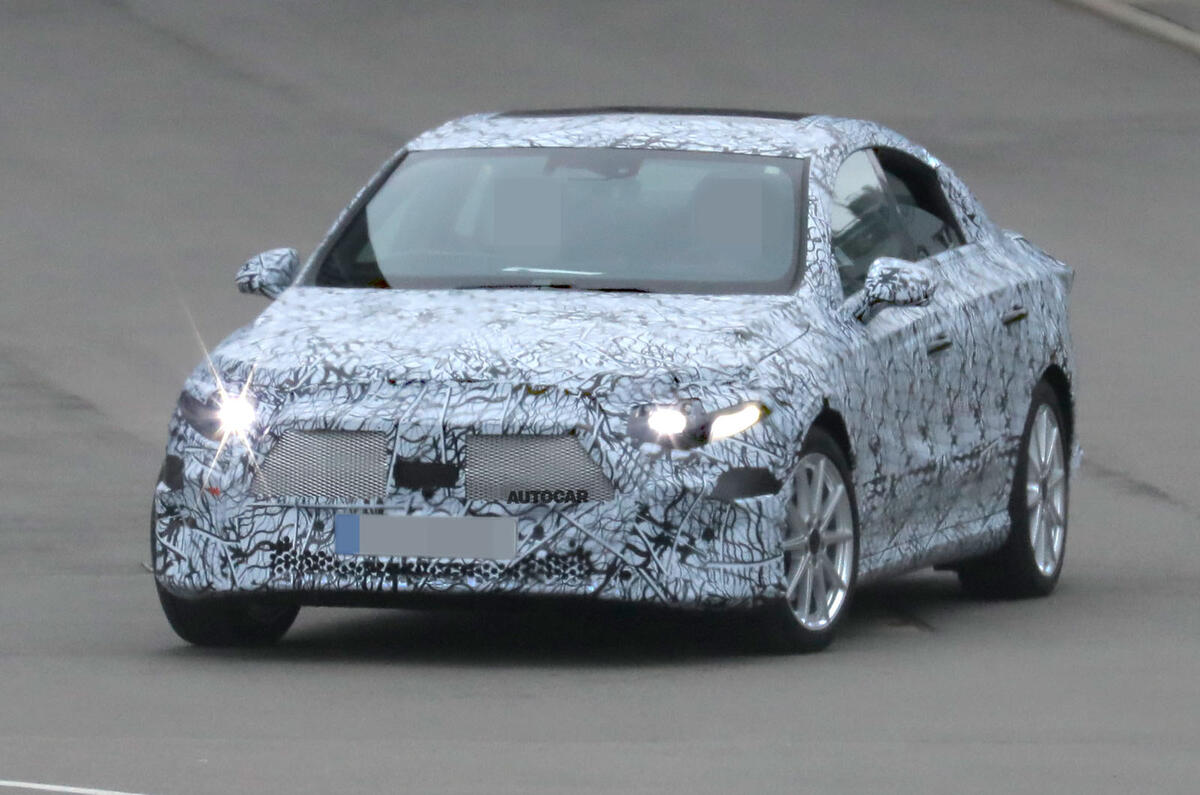

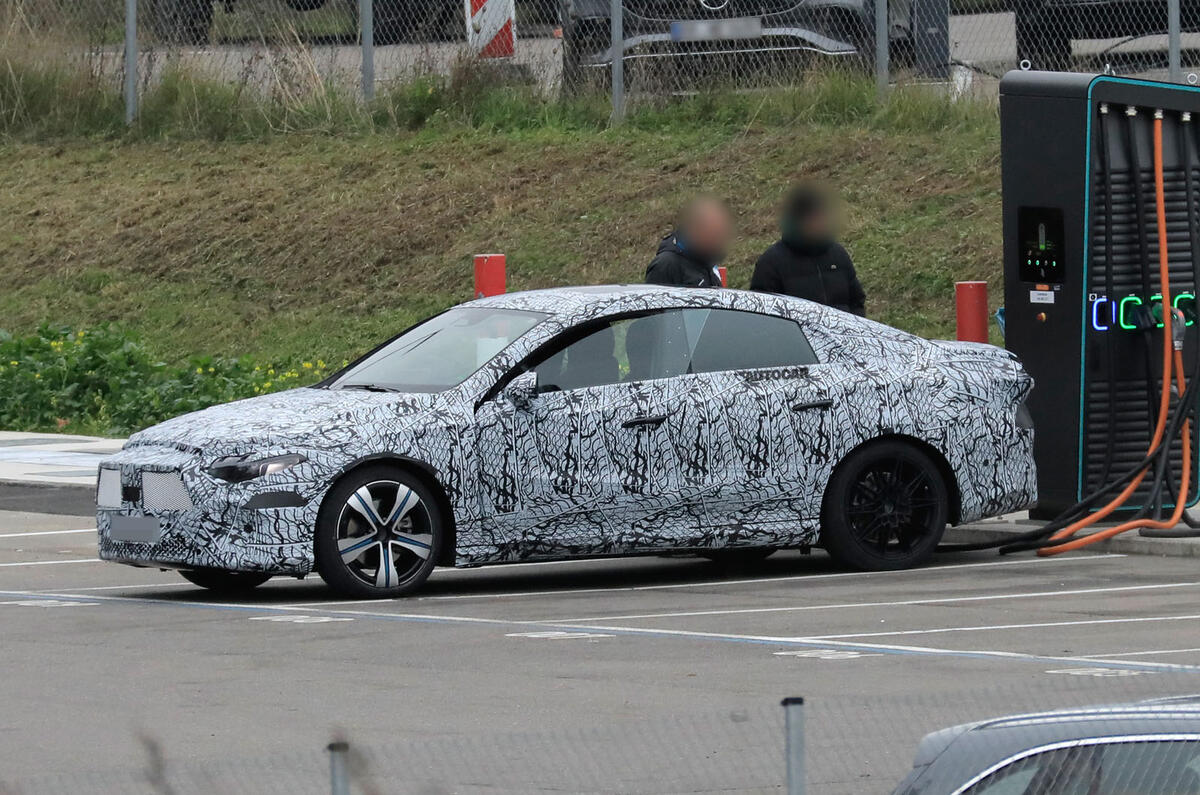
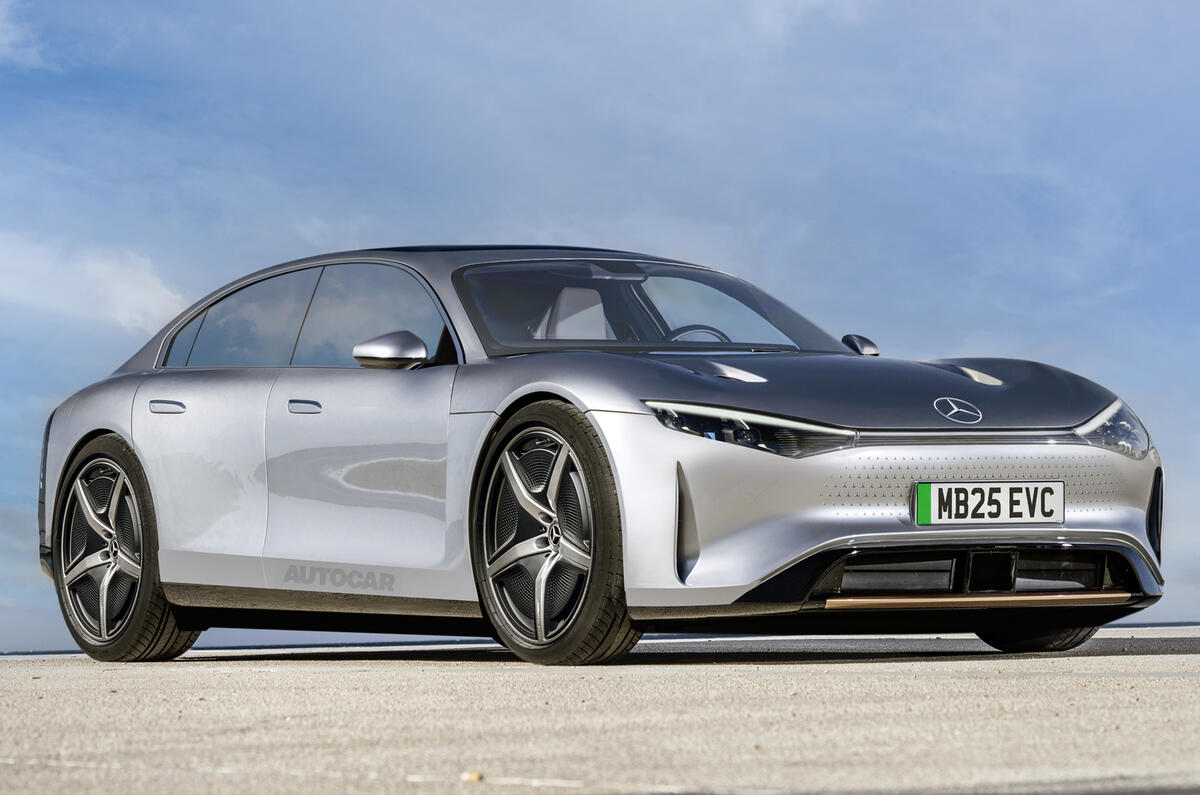
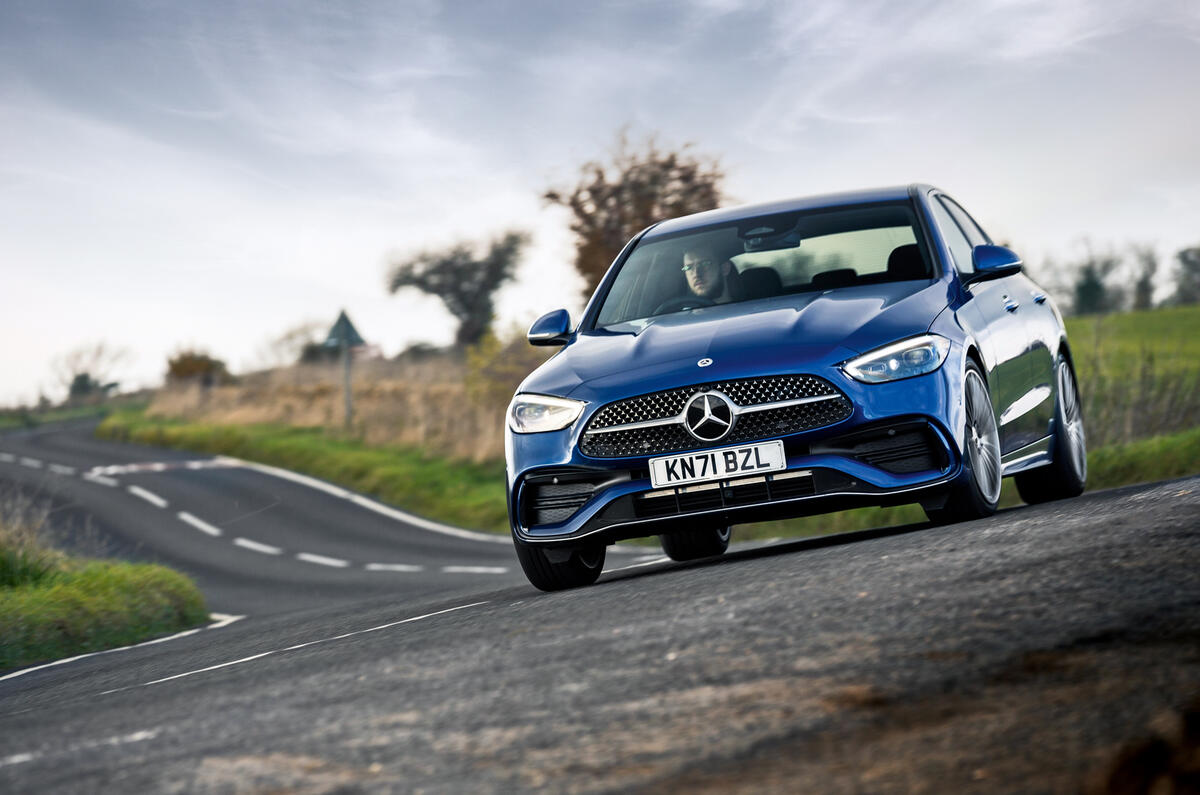
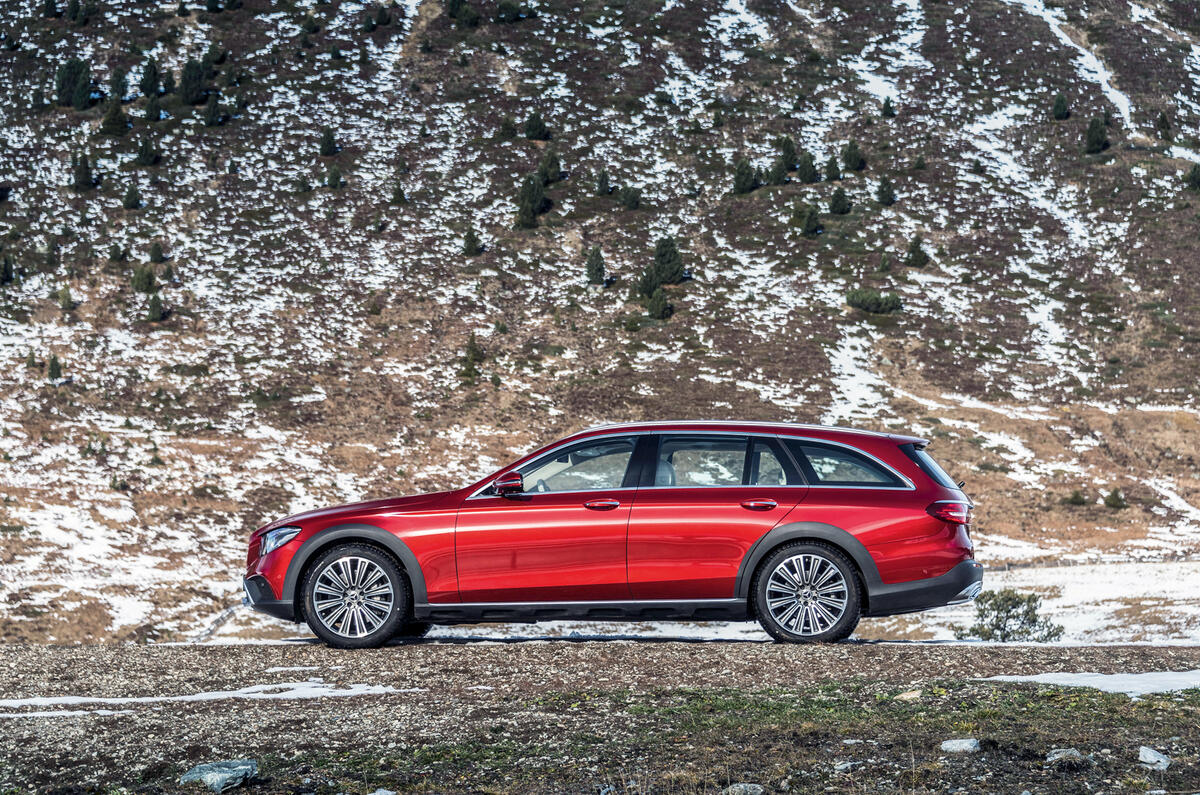
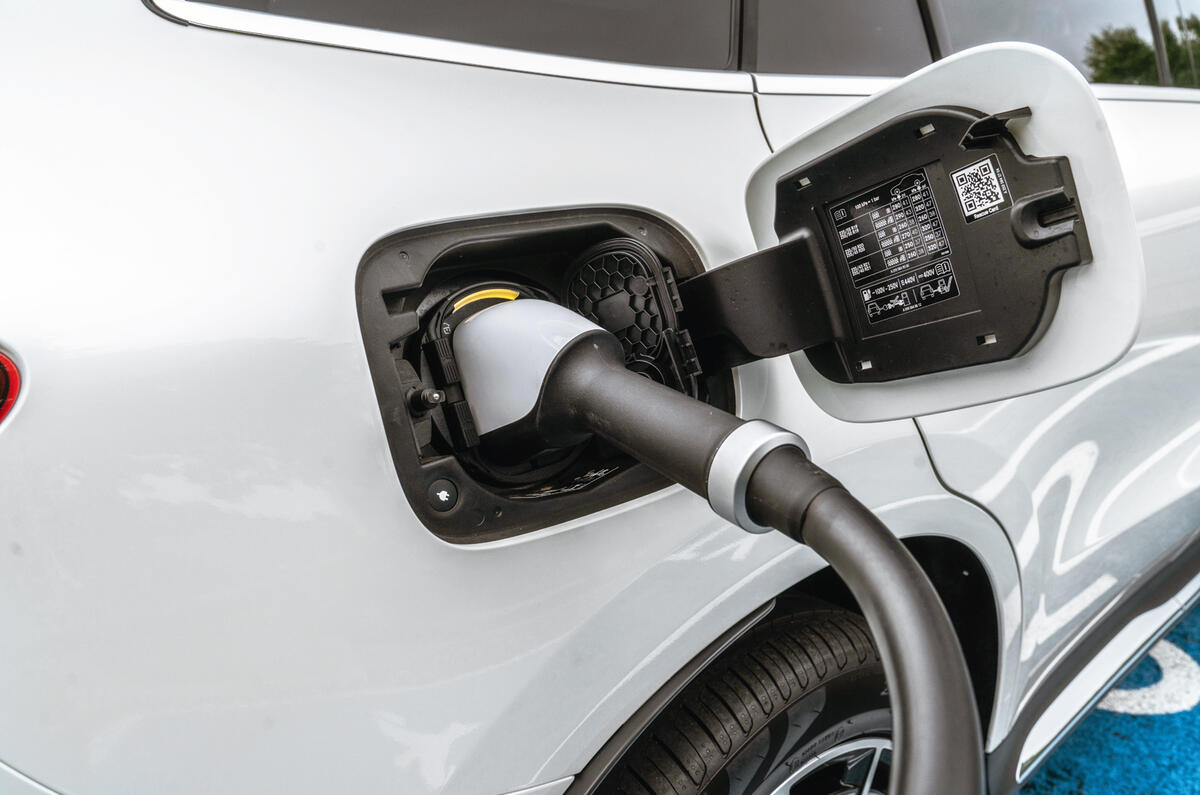
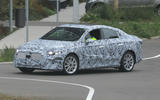
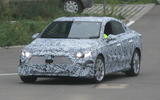
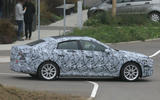

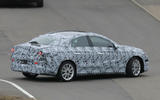


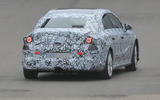

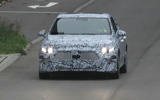
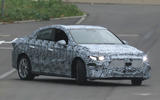
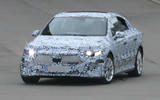

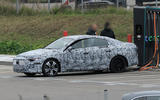


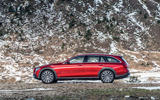
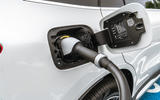






Join the debate
Add your comment
All this talk of no ICE cars after 2030 is rubbish. I have no access to a charging point at home as I have to park on the street. I assume the government of the day would force me to pay ridiculous money to charge any EV I may get at some rip off charging point? Or the scenario could be that the WEF is trying to force hard working people who don't earn £50k a year off the roads altogether.
The 'rendering' looks to me like a Porsche Taycan with a few changes and a MB badge? A new C class here in the US can be had for 40k, lets see where this EV version starts off when it gets here?